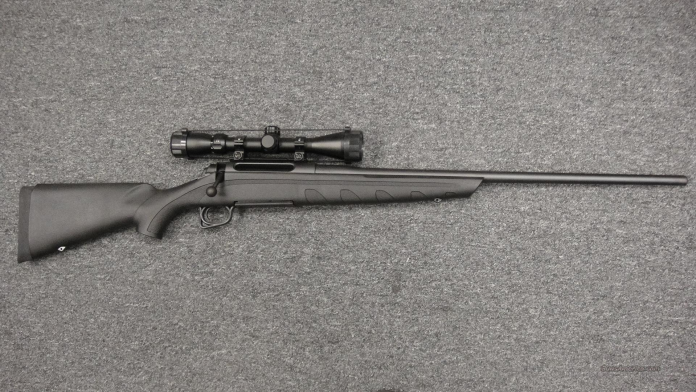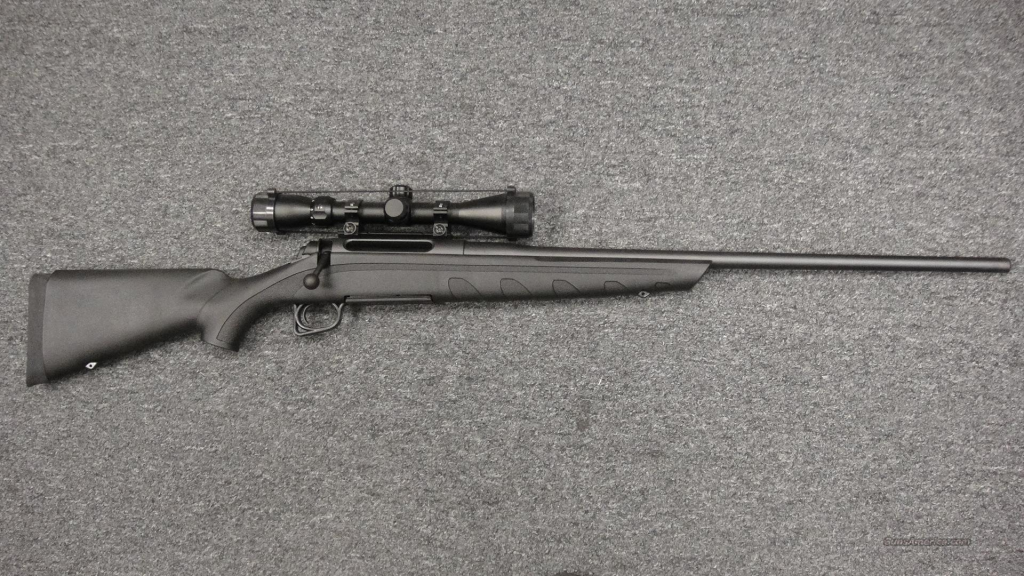
How can a gun be promising in the catalog but simply fail on the range? For most shooters, the difference between promise and performance is vast and expensive. Even well-regarded manufacturers have their clunkers from time to time that fall short on ergonomics, reliability, or accuracy.
Disappointment among guns is more often the result of gradual loss of confidence after successive misfires, clunky functioning, or design anomalies that compromise performance than from outright catastrophic failure. This list comes from personal range experience and extensive reviews, highlighting guns that, even initially promising, failed in key aspects. Each example has lessons for consumers bent on avoiding similar mistakes.

1. Remington 770 – Cheap Bolt Action Turned Out Bad
Priced as a budget-friendly hunting rifle, the Remington 770 turned out to be a nightmare. Independent testing critiqued its poorly crafted magazine, which could detach during shooting because of fragile attachment points, at times flinging the ammo, spring, and floorplate. The bolt action, slowed down by a plastic sleeve in the receiver, was characterized as gritty and binding. More disturbing, some units rolled off the assembly line with chambers too constricted to accept factory ammunition, a fault that proper test firing ought to have detected.
Although budget rifles are capable of excellent performance the Savage Axis and Ruger American are excellent examples 770’s mix of a flexing plastic stock, non-free-floated barrel, and dubious durability left it well behind others. Even at a deep discount, its shortcomings required more patience and gunsmithing work than most shooters would accept.

2. KelTec P11 – Concealability at the Expense of Control
The KelTec P11 promised a cheap, easily concealed 9mm solution. On the range, its heavy, long, and gritty trigger pull made precise shooting difficult. The small frame increased recoil, and the grip shape forced many shooters to fight for comfort and control.
While small size is a plus for concealed carry, it can’t make up for a trigger that repeatedly compromises sight alignment. For most, the P11 became a range-day frustration instead of a reliable defense tool.
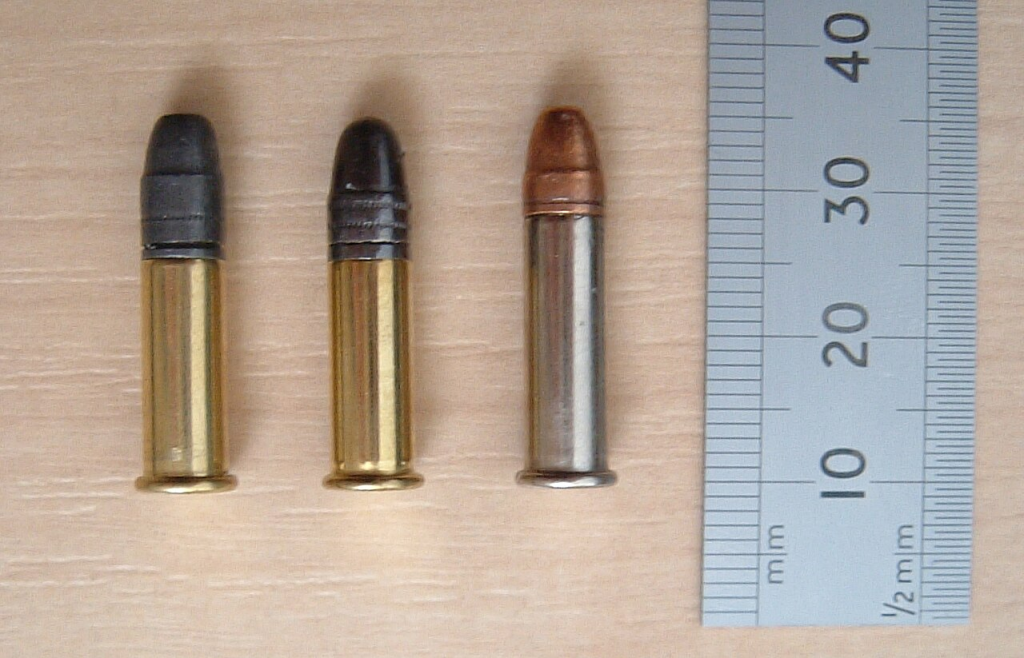
3. Mossberg Blaze – Light but Deficient
Weighing only 3.5 pounds, the Mossberg Blaze is among the lightest semi-automatic .22 LR rifles on the market. That it was so inexpensive typically in the range of $170 was a large factor in its popularity. Yet, owners said that the heavy reliance on plastic in the form of the receiver shell and sights made it feel cheap. Although some users over time said it was reliable with bulk ammo, others had chronic feeding problems and a spongy trigger.
In comparison to the Ruger 10/22, the Blaze has less longevity and less to customize. Even proponents will acknowledge it’s not designed for precision or heavy use, so it’s a bad option for anyone wanting a long-term plinking or training rifle.

4. S&W Sigma 9VE – Heavy Trigger, Slow Follow-Up
Smith & Wesson’s Sigma 9VE sported the visual appeal of a striker-fired service pistol but was bothered by a notoriously heavy and gritty trigger. This attribute hindered follow-up shots and tight groupings. The virtually nonexistent reset further inhibited rapid, accurate fire.
Though some owners grew accustomed to its idiosyncrasies, most saw superior alternatives in the same price range, specifically among used Glock or M&P variants, which had smoother triggers and better ergonomics.

5. Rossi Circuit Judge – A Revolving Rifle Misfire
The Rossi Circuit Judge’s dual-chamber idea shooting both .45 Colt rounds and .410 shotshells was interesting. In practice, it was clumsy. The cylinder gap blast was a safety issue for the shooter’s support hand, and shotshell performance was disappointing. Shooting accuracy with bullets was merely fair, and the trigger was unrefined.
The design’s versatility on paper could not overcome its compromised handling and middling performance, leaving it as more of a novelty than a practical firearm.
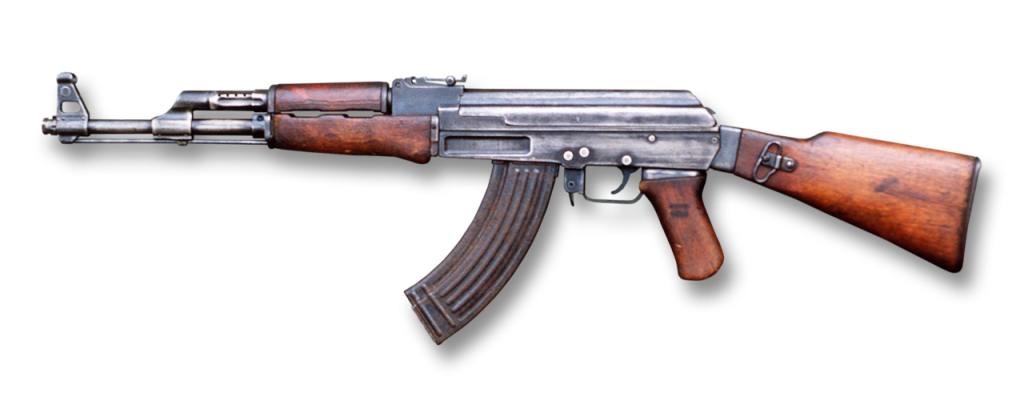
6. Century Arms C39v2 – Heavy Build, Mixed Results
Century Arms’ C39v2 aimed to provide a completely American-manufactured AK-pattern rifle, featuring a milled 4140 steel receiver and such niceties as a bolt-hold-open safety notch. A few reviewers applauded its RAK-1 trigger breaking crisply at just over 3 pounds and compatibility with most AK magazines. Accuracy results were mixed, with some firing 2-inch groups at 100 yards using iron sights.
But all did not go well for everyone. Some users experienced front-heavy balance, erratic accuracy, and premature wear on bolt components in older models. Imported rifles were usually more consistent in long-term performance if one wanted a heavy AK.

7. Taurus PT145 Millennium Pro – Subcompact .45 With Compromises
The Taurus PT145 Millennium Pro provided a big-caliber punch in a small package at a low price. Alas, its short grip, snappy recoil, and sketchy trigger reset made it hard to shoot accurately. The reliability was also lacking, with some instances of failure to feed and occasional failure of the slide to lock back.
While appealing for concealed carry on paper, the combination of control challenges and functional hiccups kept it from earning lasting trust among many owners.
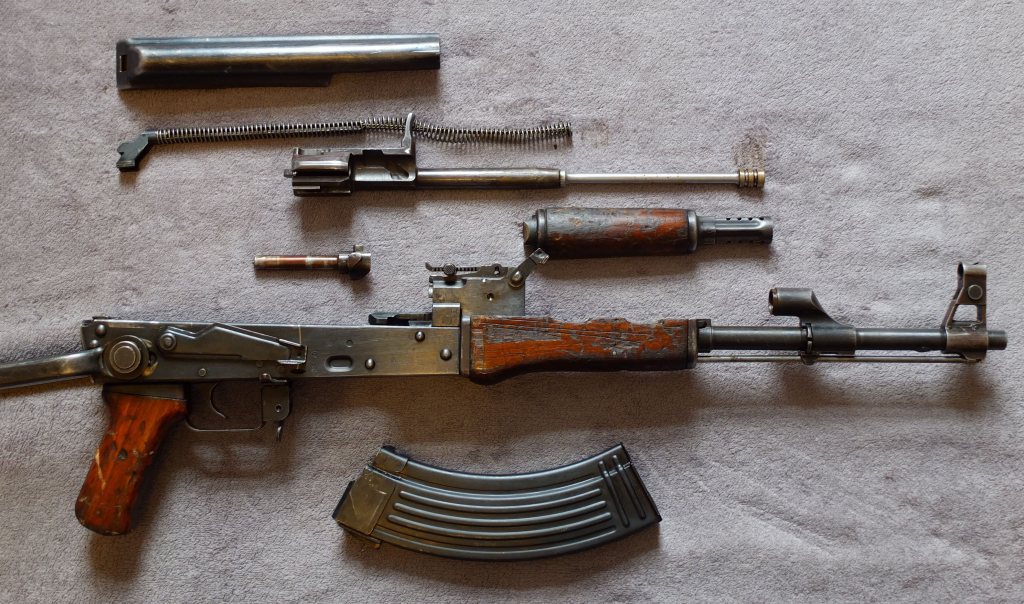
8. ATI Omni Hybrid AR – Polymer Experiment Falls Short
The ATI Omni Hybrid AR’s polymer upper and lower receivers were designed to save weight, but the implementation was cause for concern. Flexing near the buffer tube and a soft mushy trigger feel were reported by some users. The accuracy was inconsistent, and although it did work with some magazines, the overall feeling was of a rifle not having the rigidity one would expect in an AR platform.
Savings in weight are worth it, but here it was done at the cost of long-term durability and stability, so there was a return to forged aluminum receivers by many.
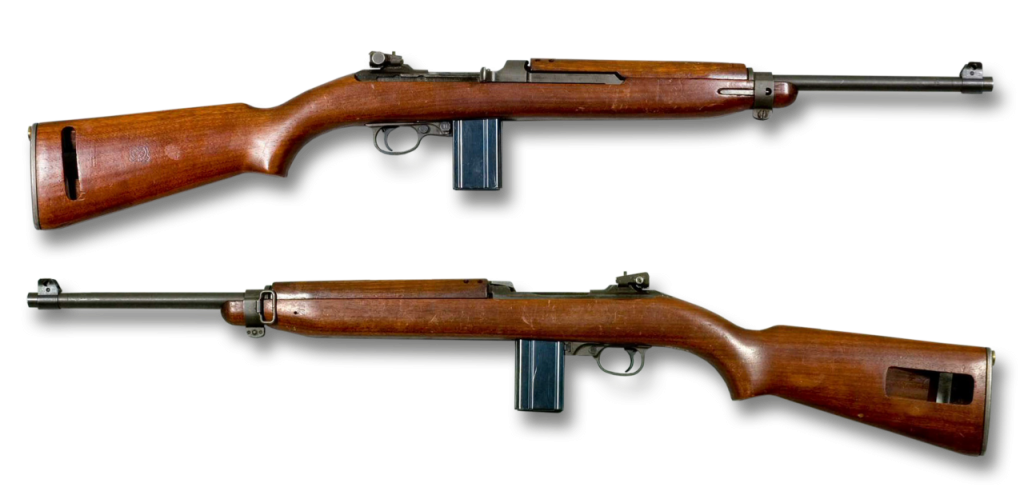
9. Chiappa M1-22 – Classic Looks, Modern Frustrations
M1 Carbine-styled, the Chiappa M1-22 promised retro charm in a rimfire format. Alas, repeated feeding failure and slow cycling dogged the platform despite the use of high-velocity loads. Magazines were one area where weaknesses were exposed, which leeched away reliability.
Although the looks commanded notice, the failure to fire a full magazine without interruption soon overshadowed the appeal, rendering it unsuitable for serious training purposes or casual use.
In guns, as in any precision device, the distance between design intention and real-world performance can be wide. These nine models show how failures in ergonomics, materials, or quality control can convert promising ideas into enduring disappointments. For hobbyists and shoppers, the lesson is simple: solid research, practical evaluation, and a willingness to say no to an enticing price point are the best protections against acquiring a gun that does not meet expectations.
